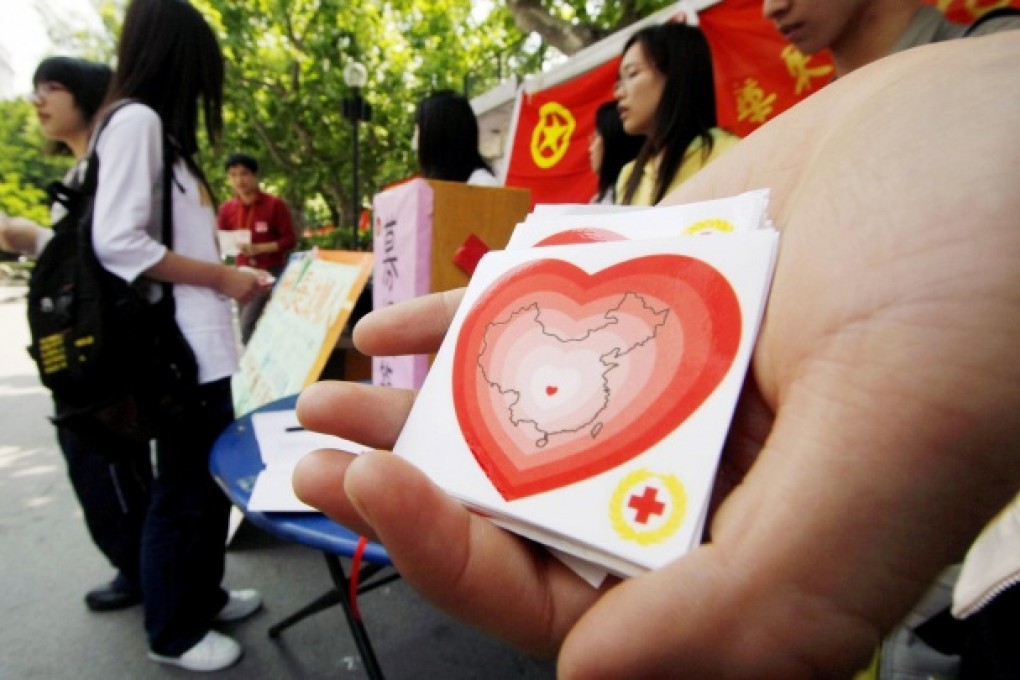China Red Cross admits it redirected huge donation
Diversion of artists' 85m yuan gift again raises doubts about troubled organisation's integrity

The scandal-plagued Red Cross Society of China has admitted that more than 80 million yuan donated (HK$100 million) by more than 100 Chinese artists to build an art school and fund other reconstruction work after the 2008 Sichuan earthquake was spent on other projects.
But the mainland's largest charitable organisation, which is closely associated with the government, denied it had "misappropriated funds", insisting the donations "were not used as intended but largely in line with donors' wishes".
They think they have the right to direct funding as long as it's not been misused
A number of artists have asked questions about the whereabouts of the 84.7 million yuan since Saturday. The money was raised at a charity auction of paintings five years ago and was supposed to be spent on projects in Qingchengshan, an important early site of Taoism that was extensively damaged in the quake. Five million yuan was earmarked for an art school in the city, but it was not built and the society had never explained where the money went.
The artists' queries have once again raised questions over the society's integrity and prompted the organisation to release an online statement on Tuesday saying the donation had been redirected to building " Bo Ai [Universal Love] Family" projects in about 240 communities including 148 in Sichuan and the remainder in Shanxi , Gansu , Ningxia and Chongqing . The projects are meant to foster community development "in terms of disaster prevention, health and livelihood improvement and promoting humanitarianism".
It said the decision was based on the "post-disaster construction trend and the actual needs of quake-zone residents".
Each project received an average of 350,000 yuan to spend on construction and "livelihood development" programmes, while the rest was spent on other services, organisational development and campaign expenses.